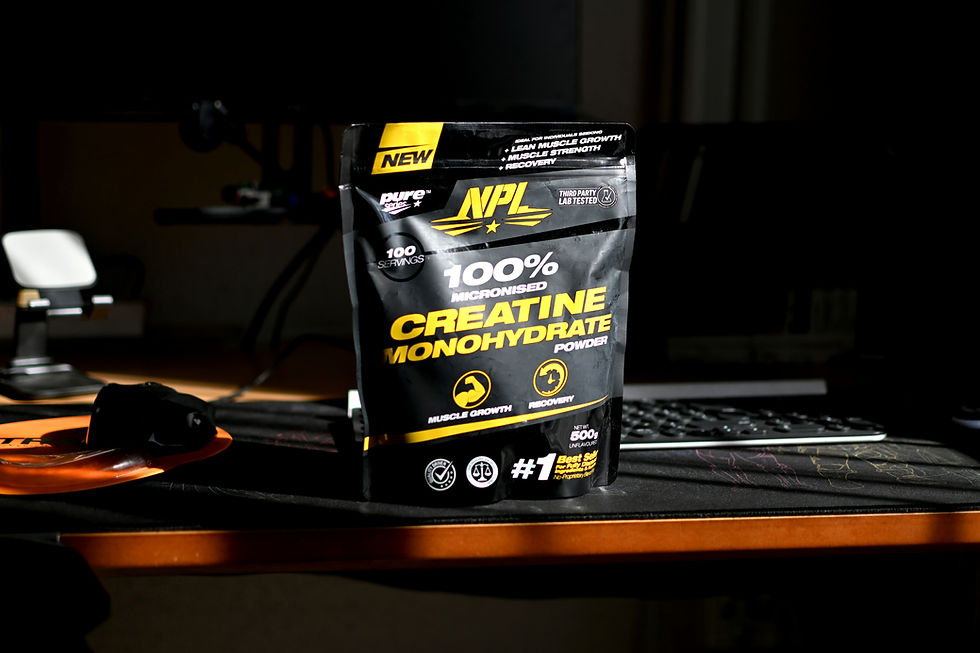The Ins and Outs of Health Savings Accounts (HSAs): Your Complete Guide
- Kate

- Apr 12, 2024
- 2 min read
Understanding the Benefits, Rules, and Tips for Maximizing Your Healthcare Savings

Health Savings Accounts (HSAs) are like the Swiss Army knife of healthcare finance – versatile, practical, and potentially game-changing for your wallet. But navigating the world of HSAs can be daunting without a map. Fear not, because we're here to demystify the ins and outs of these powerful financial tools.
What is a Health Savings Account?
Think of an HSA as a savings account specifically earmarked for medical expenses. It's designed to help individuals with high-deductible health plans (HDHPs) save money for medical costs not covered by insurance. The beauty of an HSA lies in its triple tax advantage: contributions are tax-deductible, earnings grow tax-free, and withdrawals for qualified medical expenses are tax-free too.
A FRAGRANCE SUBSCRIPTION BOX THAT IS TRULY YOU. Start at $6.99! Includes 1 Fragrance of the Month, Premium Samples & Free Gift. $13.99/month after first. Learn more
Why Should You Care About HSAs?
Tax Savings Galore: According to the Kaiser Family Foundation, "HSAs offer a tax-advantaged way for consumers to set aside funds for medical expenses." That means more money stays in your pocket come tax time.
Long-term Savings Potential: Unlike Flexible Spending Accounts (FSAs), HSAs don't have a "use it or lose it" policy. Funds roll over year after year, allowing you to build a substantial nest egg for future healthcare needs.
Greater Control Over Healthcare Choices: With an HSA, you're the captain of your healthcare ship. You decide how and when to spend your funds, whether it's on doctor's visits, prescriptions, or even alternative therapies like acupuncture.

How to Qualify for an HSA?
Not everyone can open an HSA. To be eligible, you must be enrolled in a high-deductible health plan (HDHP). In 2022, the IRS defines an HDHP as a plan with a deductible of at least $1,400 for individuals or $2,800 for families. Additionally, you can't be claimed as a dependent on someone else's tax return.
Maximizing Your HSA: Tips and Tricks
Contribute Strategically: Aim to max out your HSA contributions each year ($3,650 for individuals, $7,300 for families in 2022). The more you contribute, the more you save on taxes and the larger your healthcare nest egg grows.
Invest Wisely: Many HSAs offer investment options once your balance reaches a certain threshold. Consider investing your funds in mutual funds, stocks, or bonds to boost your long-term savings potential.
Keep Track of Expenses: Save all your receipts for qualified medical expenses. Even if you don't need to withdraw funds from your HSA right away, you can reimburse yourself tax-free in the future.
Health Savings Accounts are more than just another financial tool – they're a smart way to take control of your healthcare costs and save money in the process. By understanding the benefits, rules, and tips for maximizing your HSA, you can navigate the world of healthcare finance with confidence and ease.



Comments